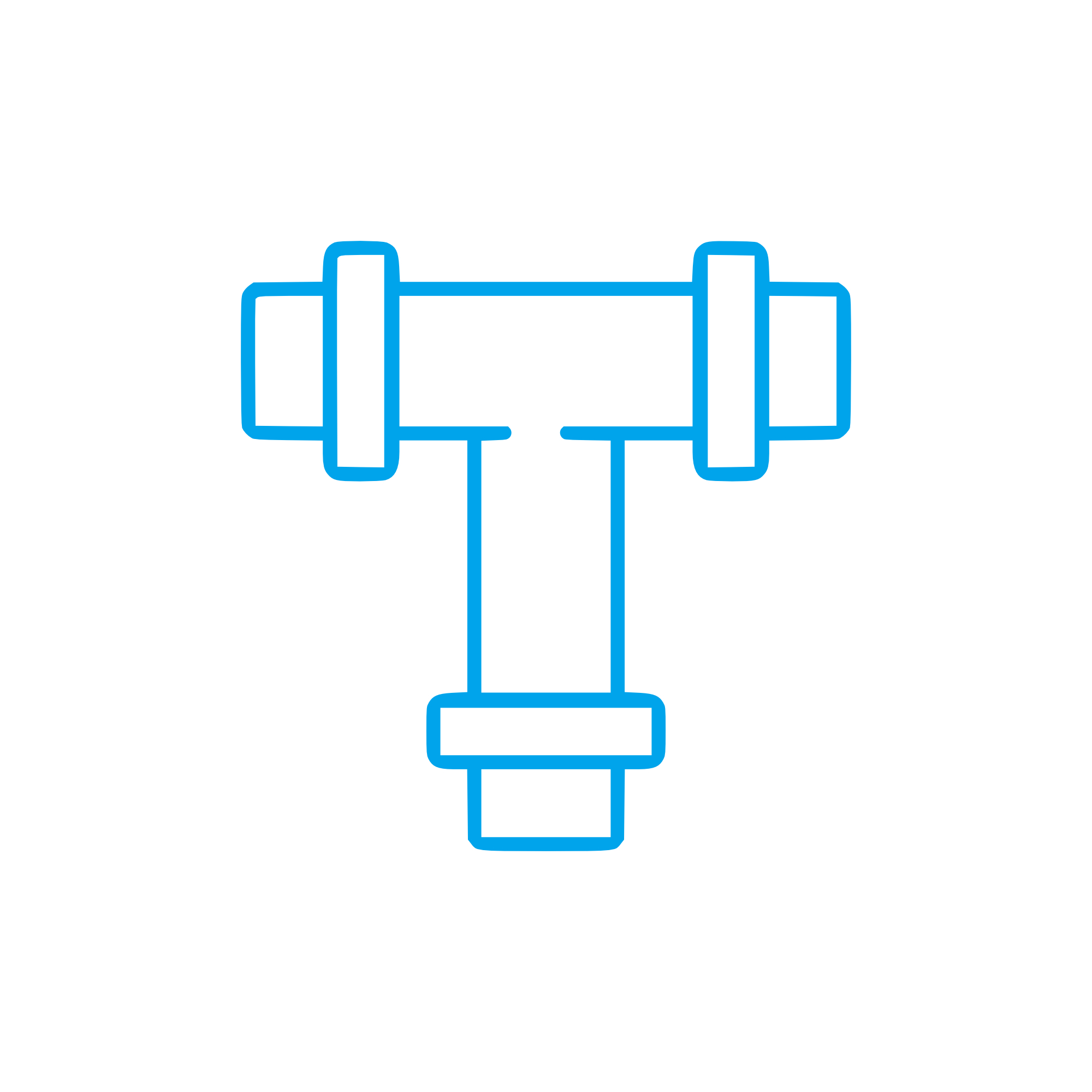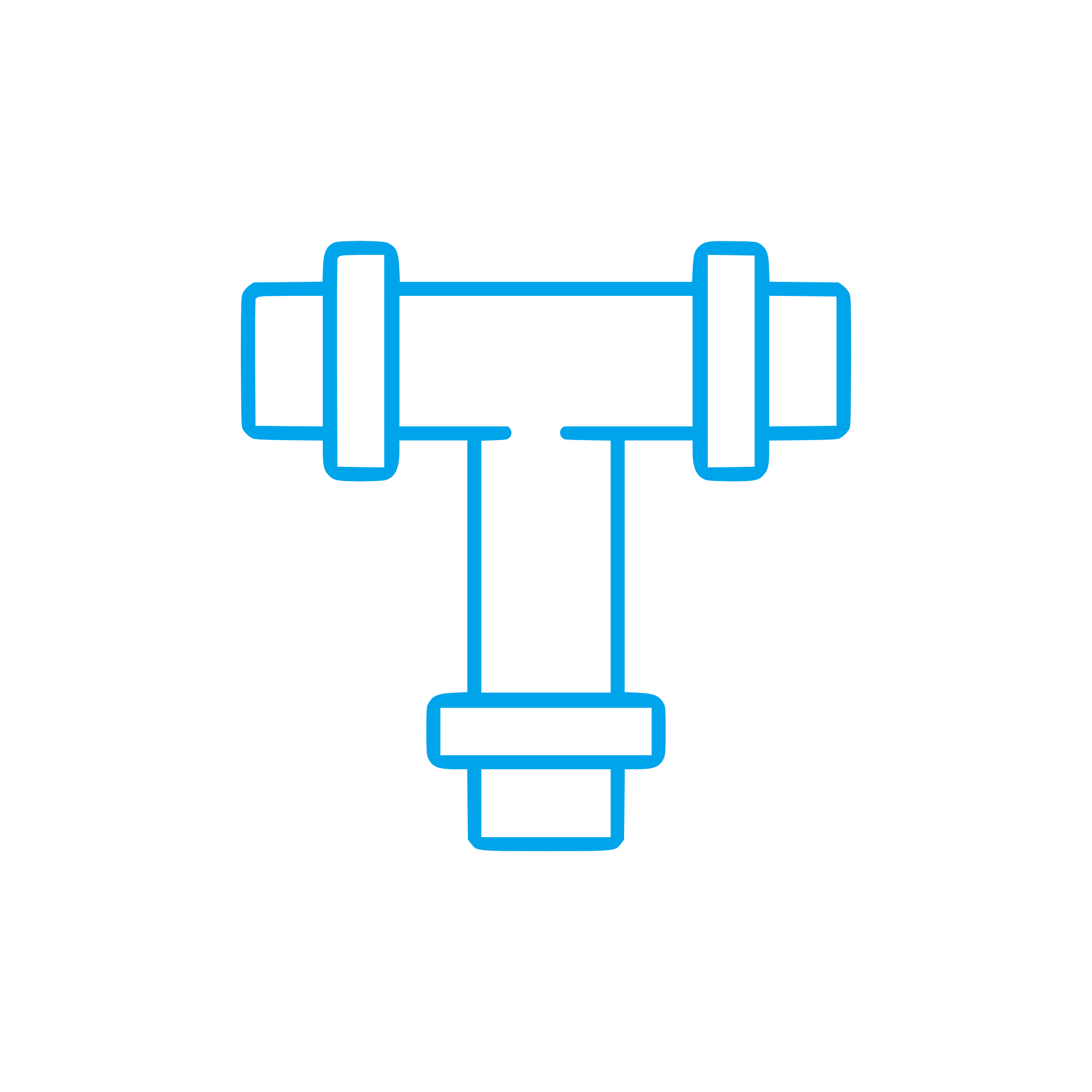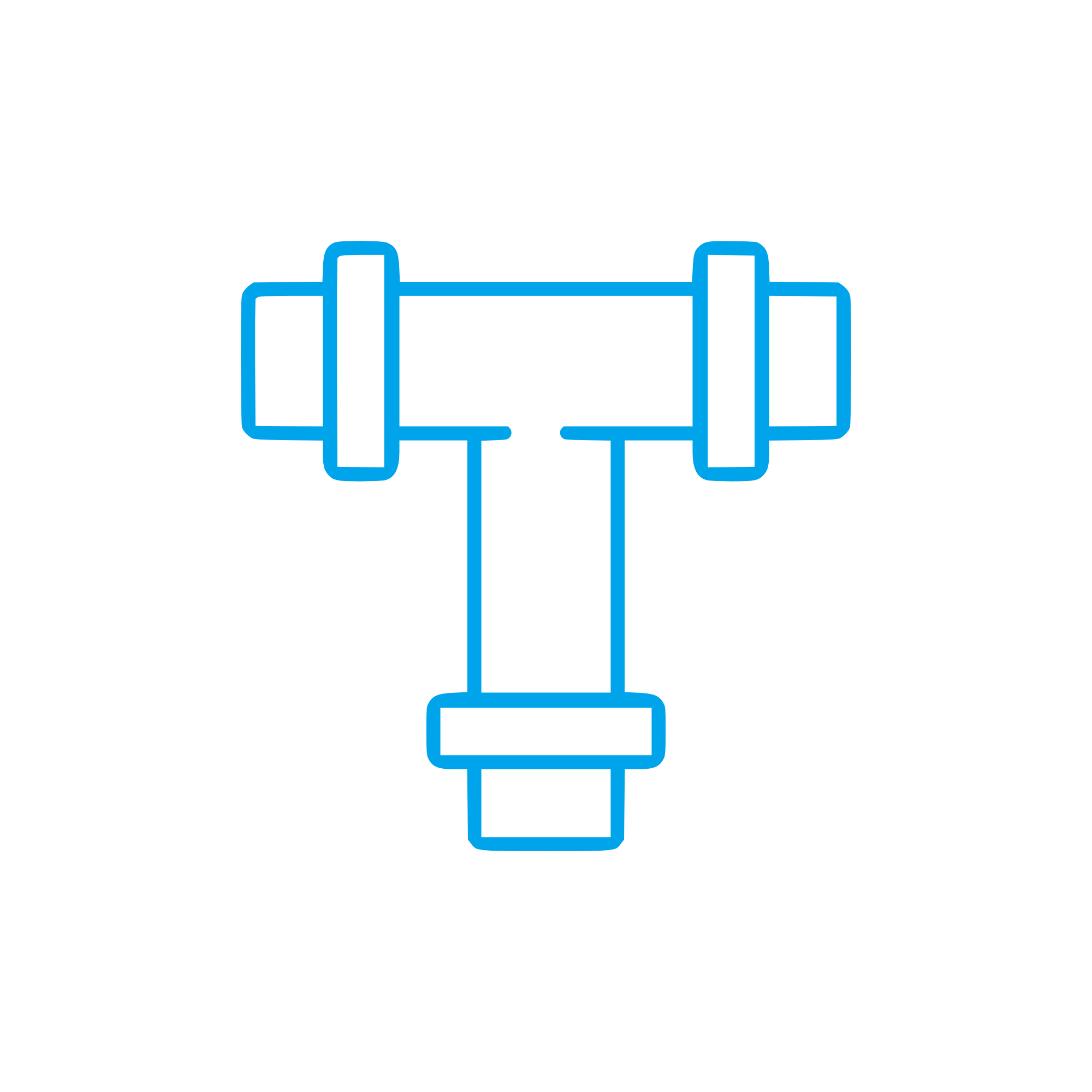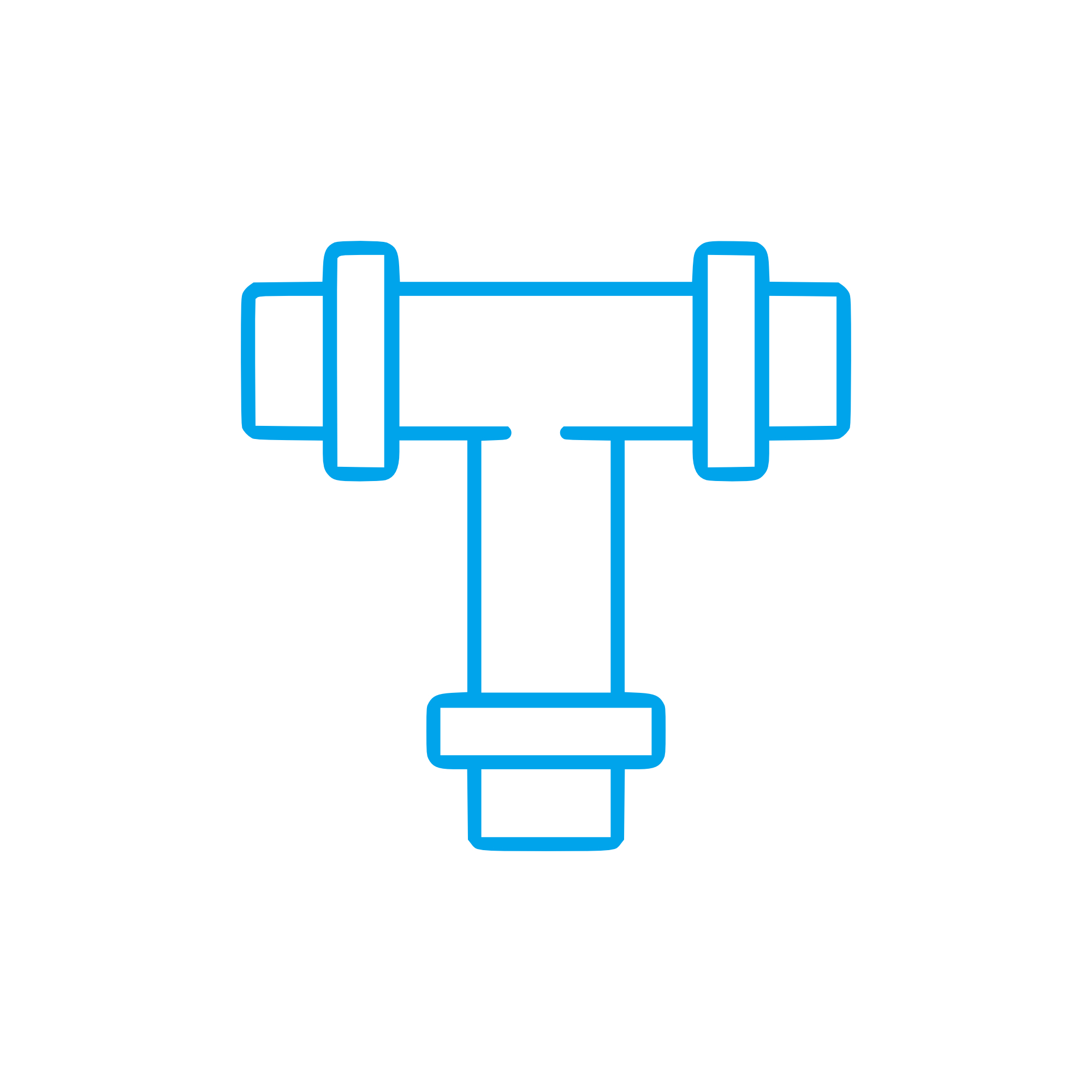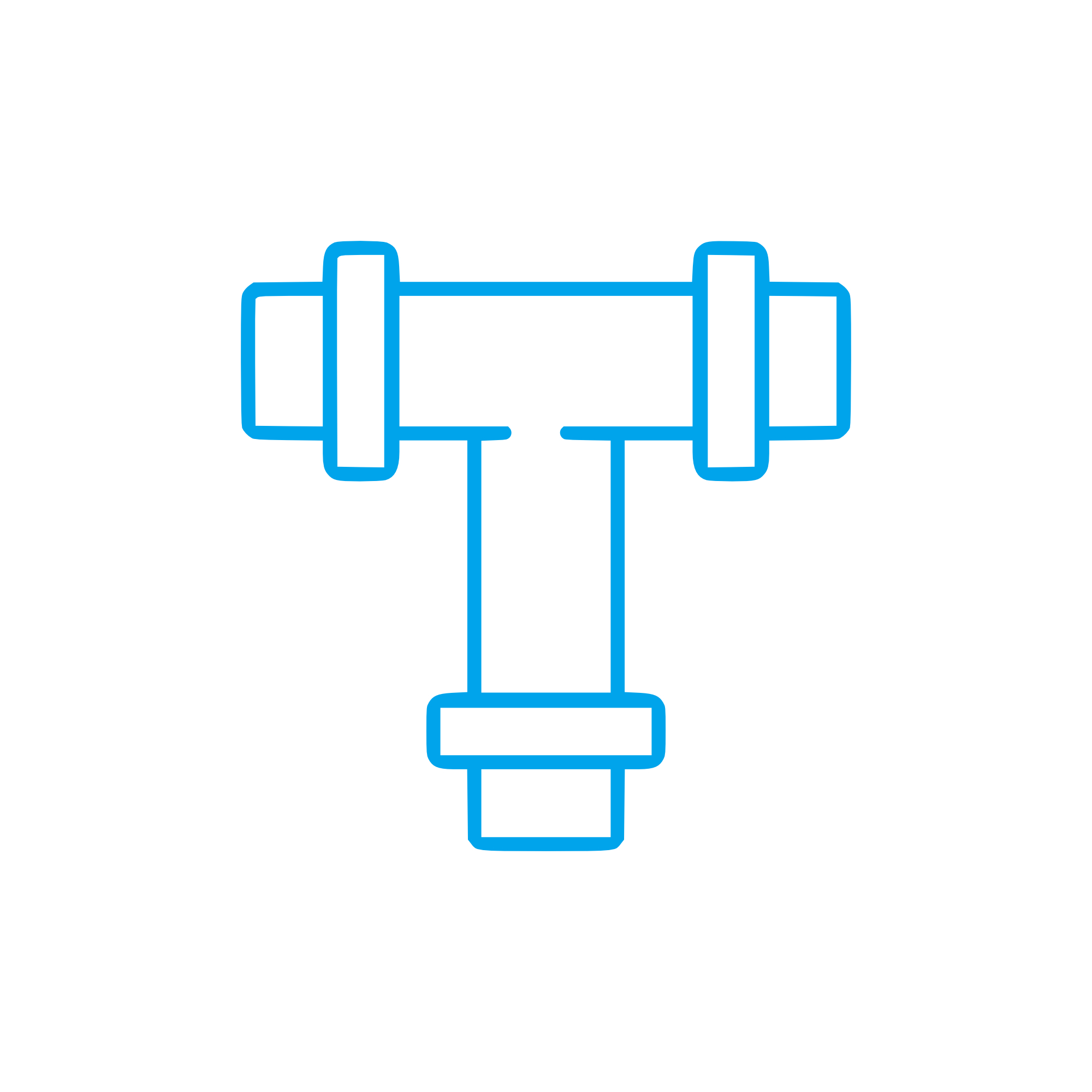COOLING WATER LINE and Lines and pipes for high‑performance engines
Lines and pipes are the circulatory network of every engine system. In the article category “Lines and pipes,” you will find rigid tubes, flexible hoses, bends, fittings, and manifolds that route fluids safely and efficiently through the powerplant. Among them, the COOLING WATER LINE plays a central role: it transfers heat away from the block, heads, turbochargers, and auxiliary coolers to maintain stable operating temperatures. Whether on a marine engine, a power‑generation diesel engine, or a gas engine in continuous duty, a well‑engineered piping setup protects components, stabilizes efficiency, and safeguards uptime.
Cooling circuits typically combine a closed‑loop jacket water system and, in marine applications, an open‑loop seawater side feeding the plate or shell‑and‑tube heat exchanger. Each segment demands the right pipe material, wall thickness, corrosion protection, and connection concept. Precision in routing, supports, and vibration control is what separates a reliable installation from one that suffers leaks, hot spots, or premature wear.
Technical function: how a COOLING WATER LINE supports diesel engine and marine engine operation
A COOLING WATER LINE forms the controlled pathway for coolant flow. From the pump discharge, it supplies the engine jacket, cylinder heads, aftercooler/intercooler, lube‑oil cooler, and auxiliary consumers before returning to the heat exchanger or radiator. Thermostatic valves, bypass branches, and expansion tanks are integrated using dedicated lines and pipes to hold the engine within its design temperature window. On a marine engine, seawater piping (often CuNi 90/10) transfers heat from the freshwater circuit to overboard, while stainless steel or coated carbon steel lines handle freshwater/glycol service on the engine side.
Engineering priorities include hydraulic performance (flow rate and velocity), low pressure drop, and resistance to vibration and thermal growth. Designers choose bend radii, reducers, flexible compensators, and support spacing to prevent stress concentration. Materials are matched to medium and environment: CuNi for seawater corrosion resistance, AISI 316L for chloride exposure, and seamless carbon steel to EN/ASTM standards for freshwater circuits. Correct face types (e.g., flat face for elastomer gaskets), flange ratings, and quality couplings prevent micro‑leaks. Air‑bleed branches and high‑point vents in the lines and pipes eliminate trapped air that can otherwise create hot spots or pump cavitation.
COOLING WATER LINE OEM parts add value with precise dimensions, proven metallurgy, and compatibility with engine‑specific thermostats, sensors, and heat‑exchanger interfaces. The right pipe set helps the pump stay within its efficiency island, reduces erosion at elbows, and maintains stable coolant velocity through critical jackets—directly supporting performance and fuel economy.
- · Stable temperatures across load changes.
- · Optimized flow with minimal pressure loss.
- · Corrosion‑resistant materials matched to medium.
- · Robust joints and flanges for leak‑free service.
- · Vibration‑tolerant routing and supports.
- · Easy integration of sensors, drains, and vents.
- · Compliance with marine class and industry standards.
Why Lines and pipes—especially every COOLING WATER LINE—are critical for reliability and service life
Thermal control is the foundation of engine durability. If lines and pipes degrade, scale up, or develop leaks, temperatures drift, oil film strength drops, and component fatigue accelerates. Typical failure modes include under‑deposit corrosion in seawater lines, pitting from chlorides, erosion‑corrosion at high‑velocity bends, and fatigue cracks at unsupported spans. Any restriction or air ingress in a COOLING WATER LINE can trigger localized boiling, leading to cylinder liner cavitation, warped heads, and gasket failures.
In marine service, fouling of seawater coolers raises coolant outlet temperature and increases pump effort; without correctly sized and clean lines, fuel consumption rises and emissions control becomes harder. Poorly matched hoses or low‑grade clamps can creep under heat and vibration, causing intermittent leaks that are hard to locate at sea. Conversely, a correctly engineered set of lines and pipes stabilizes thermal gradients, keeps expansion within limits, and preserves long‑term sealing integrity—key to predictable maintenance intervals and high availability.
Advantages of OEM spare parts suitable for Lines and pipes and each COOLING WATER LINE
Choosing OEM spare parts for this category ensures technical consistency across the complete cooling circuit. You benefit from dimensional fidelity, surface finish suited to gasket materials, correct wall thickness and corrosion allowance, and verified pressure/temperature ratings. That combination protects performance and keeps lifecycle costs under control.
COOLING WATER LINE OEM parts: performance, reliability, and budget control
With OEM parts, every elbow, tee, and spool piece aligns with engine interfaces and accessory coolers as designed. The result is repeatable assembly torque, reliable flange seating, and predictable flow behavior. Traceable materials and certified welds reduce risk, while proven elastomers in flexible connections handle thermal cycling without creep. In practice, this translates to fewer unplanned stops, cleaner audits, and a cooling system that supports fuel efficiency over thousands of operating hours.
For purchasers and technical managers, the economics are straightforward: parts that match the engine’s intended hydraulics and metallurgy minimize rework, shorten dock or plant downtime, and extend service intervals. Stocking a consistent OEM bill of materials simplifies logistics and ensures the right COOLING WATER LINE is on hand for a diesel engine or marine engine during scheduled overhaul.
MOPA as a partner for OEM spare parts in Lines and pipes
MOPA is an experienced and reliable partner for OEM spare parts in the category Lines and pipes. We focus on speed, quality, and security in the trade of OEM parts for diesel and gas engines. From complete COOLING WATER LINE kits for marine engine refits to single spools, bends, hose sets, clamps, and gaskets, MOPA delivers traceable components with the specifications your application requires.
Our team supports cross‑referencing by engine model and serial number, helps verify materials for seawater or freshwater circuits, and arranges rapid global shipment aligned with port calls or plant schedules. With curated supplier networks and rigorous inbound inspection, we ensure that every item—from a jacket water return line to a seawater suction header—arrives ready for efficient installation.
Conclusion: COOLING WATER LINE and Lines and pipes matter
A properly engineered COOLING WATER LINE, together with the broader set of lines and pipes, is fundamental to engine performance, efficiency, and safety. Selecting OEM spare parts suitable for Lines and pipes preserves the designed hydraulics and material quality, reducing risk and total cost over the engine’s life.
Work with MOPA to source the right OEM components quickly and confidently, and keep your diesel and gas engines operating within their optimal temperature window—voyage after voyage, shift after shift.



